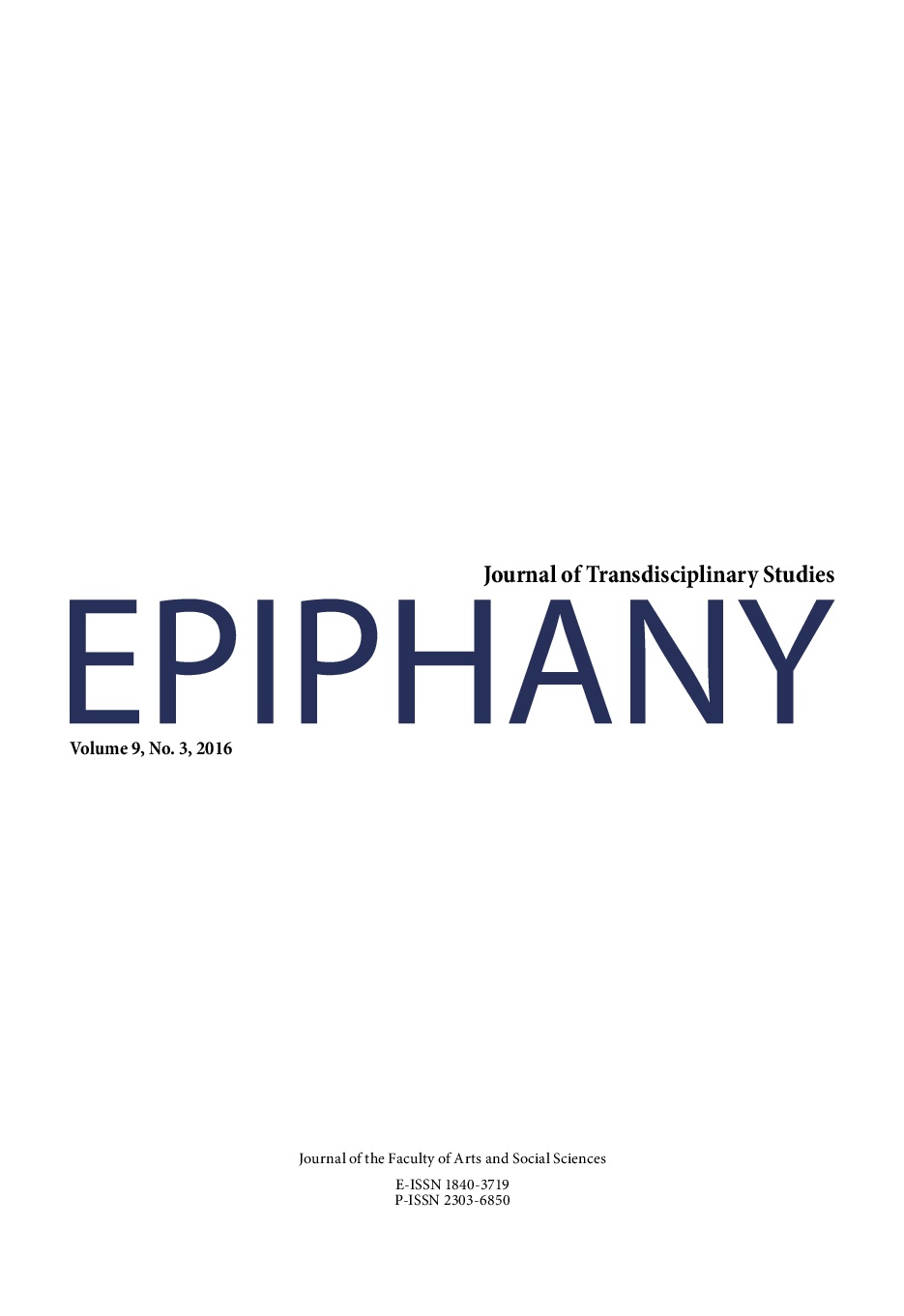The Hobessian Trap and the Harem
The Hobessian Trap and the Harem
Author(s): Fatma DoreSubject(s): Studies of Literature, Political Philosophy, Early Modern Philosophy, Studies in violence and power
Published by: International University of Sarajevo
Keywords: Thomas Hobbes; The Thousand and One Nights; Preemptive Attack; Shahriyar; Shahrazad;
Summary/Abstract: This paper will demonstrate that for Thomas Hobbes, man has the right of self-preservation and the obligation to act in accordance with that right. The problem of this obligation is that there can be no objective method for an individual to determine an existential threat, but only a subjective one. It is the subjective judgment of the individual that leads to the problem of pre-emptive violence or the Hobbesian Trap. As the individual is left to determine a threat to his life, he has the obligation to neutralize that threat regardless of the intention of this supposed treat and regardless of whether he wishes to act violently. This paper will also examine how, by expanding the concept of the “self ” that is obliged to be defended in accordance with an observation of Hobbes, the Hobbesian Trap can additionally encompass perceived threats to one’s self-regard or honor. This paper will reveal that within the frame story of The Thousand and One Nights, such a broad-based Hobbesian Trap is in operation in the action of Shahriyar in his execution of his newly-wedded wives on the morning after consummating his marriages to them. It will demonstrate that he acts pre-emotively to protect what he regards as potential threats to his honor. It will finally show that one method for defusing the Hobbesian Trap is through trust-building, and that Shahrazad wins the confidence of Shahriyar thus causing him to spare her life and abandon pre-emptive bride killing.
Journal: Epiphany. Journal of Transdisciplinary Studies
- Issue Year: 9/2016
- Issue No: 3
- Page Range: 9-26
- Page Count: 18
- Language: English

